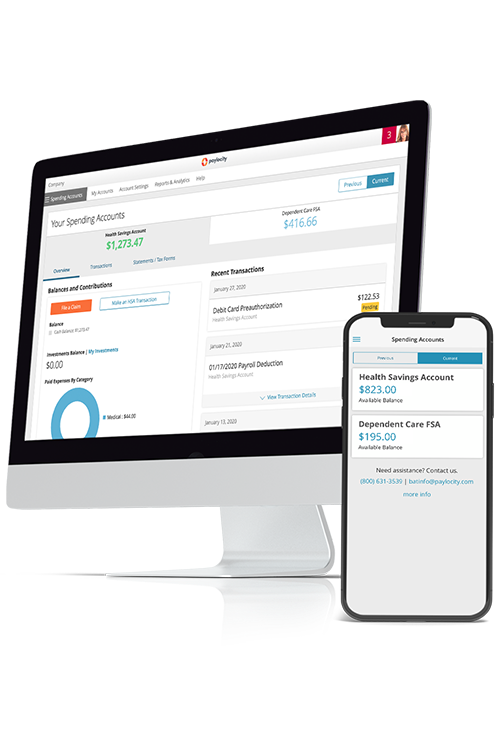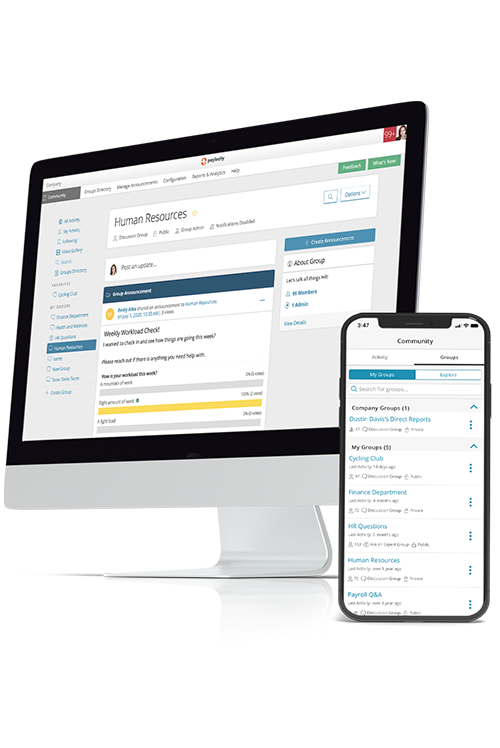What is Employee Mental Health?
“Employee mental health” refers to an employee’s sense of mental and emotional well-being within the workplace. The term encompasses how an employee’s workplace makes them feel.
Some of the most common workplace mental health issues include:
- Stress and burnout: 77% of workers report experiencing work-related stress. This chronic stress then breeds employee burnout, a condition so prevalent that the World Health Organization recently included the term in its International Classification of Diseases.
- Anxiety and depression: Anxiety, marked by excessive worry, fear, and nervousness, is another common employee mental health issue. Likewise, depression, characterized by low moods and little interest in work, is common, too.
- Loneliness: Feelings of social isolation or loneliness often contribute to depression, anxiety, and decreased well-being among employees.
What Causes Mental Health Issues in the Workplace?
Many workplace factors contribute to poor employee mental health. But here’s what’s at the heart of most of them: Employees feel they’re being asked to do a lot, but receive very little support and care in return.
So, what is causing employees to feel stretched too thin?
- Poor work-life balance: Workers report blurred boundaries between work and personal life. Only about one-third of workers said that their employer encourages breaks when asked in an American Psychological Association study.
- Lack of connection: We’re in a connection crisis. A survey of the top employers on Glassdoor found that only a third are satisfied with the social connection at work. Employees feel disconnected from genuine, authentic workplace relationships.
- Toxic workplace culture: Employees also feel underappreciated, undervalued, and unsafe. In fact, just 26% of leaders foster their team's psychological safety, where team members feel they can take risks without losing respect.
- Limited inclusivity and equity: Many workplace mental health benefits and programs are one-size-fits-all — and not in a good way. These workplace wellness programs don’t address employees’ individual circumstances, needs, and challenges, like accounting for:
- Gender: Working women under the age of 30 carry the greatest burden of fair or poor mental health.
- Disabilities: More people living with a disability report a toxic workplace than those without a disability.
- Identity: Close to one-third of workers said they feel unsupported because of an aspect of their identity (race/ethnicity, gender, sexual orientation, ability status, age, etc.).
- Gender: Working women under the age of 30 carry the greatest burden of fair or poor mental health.
How Does Mental Health Affect Work Performance?
Good mental health isn’t only important to employees’ individual lives, but it’s also a driving factor for business success:
- Talent retention and attraction: 62% of U.S. workers say a work-life balance is one of the most important factors they consider when debating leaving for another job. Meaning, organizations that don’t prioritize mental health can suffer from poor retention and an inability to attract top talent.
- Productivity and engagement: Mental health and productivity in the workplace are closely linked. Issues like depression and anxiety, which reduce cognitive performance, cost the global economy $1 trillion each year, according to the World Health Organization.
- Absenteeism: Because mental health issues can be so debilitating, many workers who struggle have higher rates of absenteeism, taking mental health days. Research shows that an estimated 12 billion working days are lost every year due to depression and anxiety.
How to Improve Mental Health in the Workplace
The evidence clearly shows that employee mental health is critical. But many HR leaders still struggle to provide and implement solutions.
Here are a few ways that are both effective and sustainable:
1. Leverage Data
To address mental health in the workplace, companies must first understand what employees are struggling with.
Send out regular employee engagement surveys to collect:
- Quantitative data, like levels of employee engagement and retention.
- Qualitative data, like employee opinions, questions, and concerns.
Include survey questions specifically designed to gauge stress levels, work-life balance, and overall job satisfaction to gain insights into the mental well-being of their workforce. These surveys should include open-ended questions to allow employees to share their experiences and concerns in their own words.
Managers can then see how their workplace culture or benefits impact employees daily and then create a solid action plan in response.








